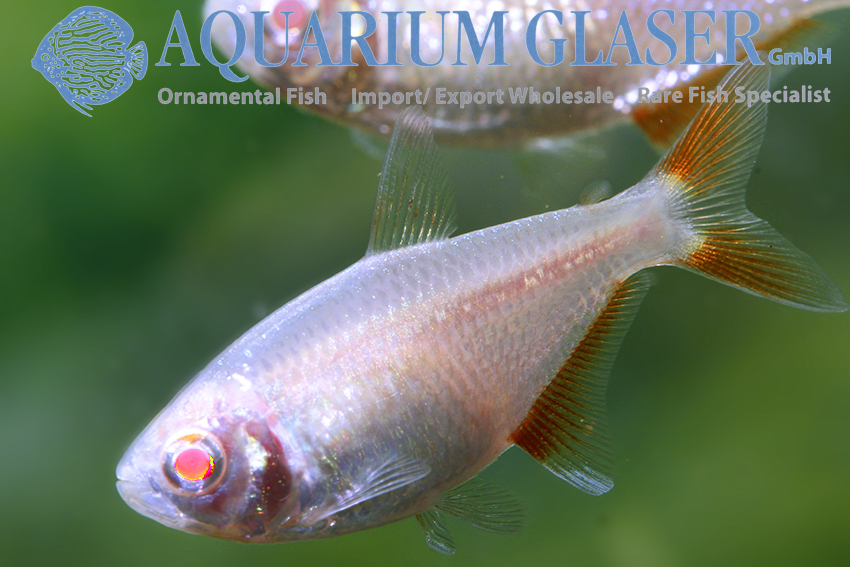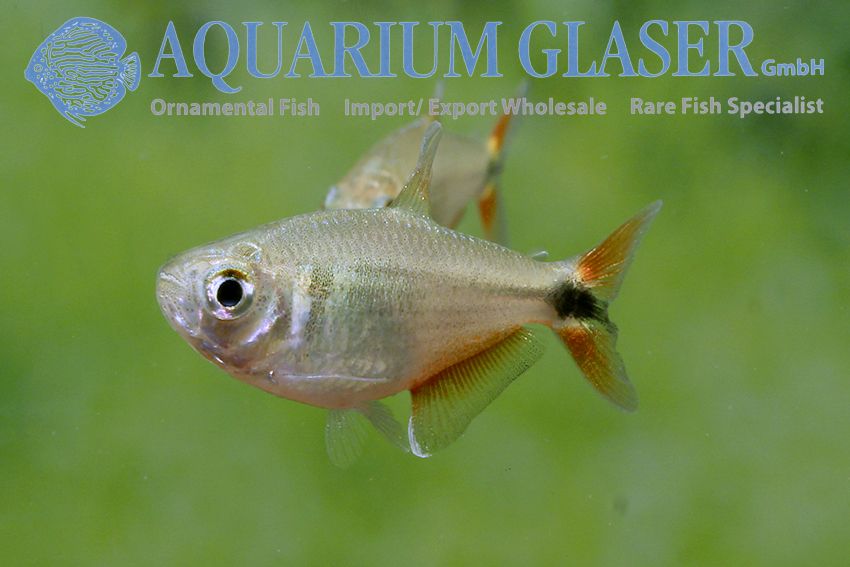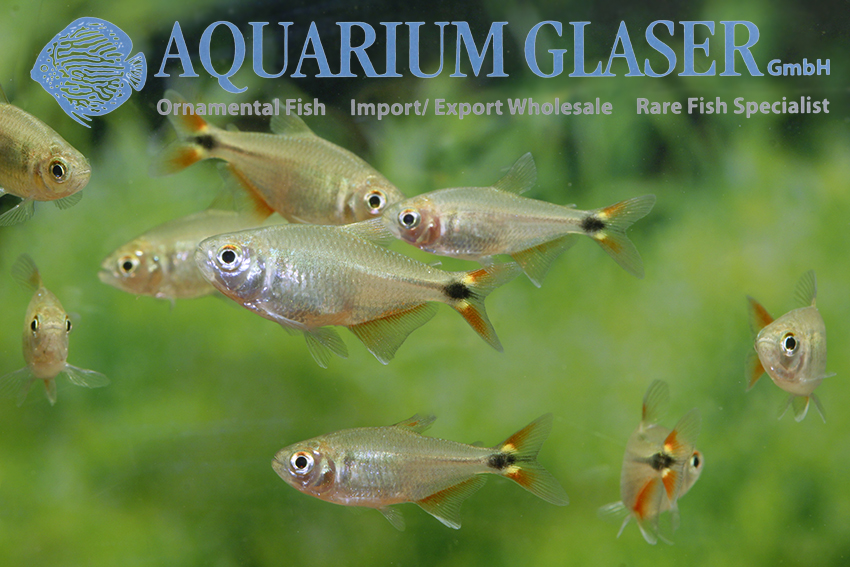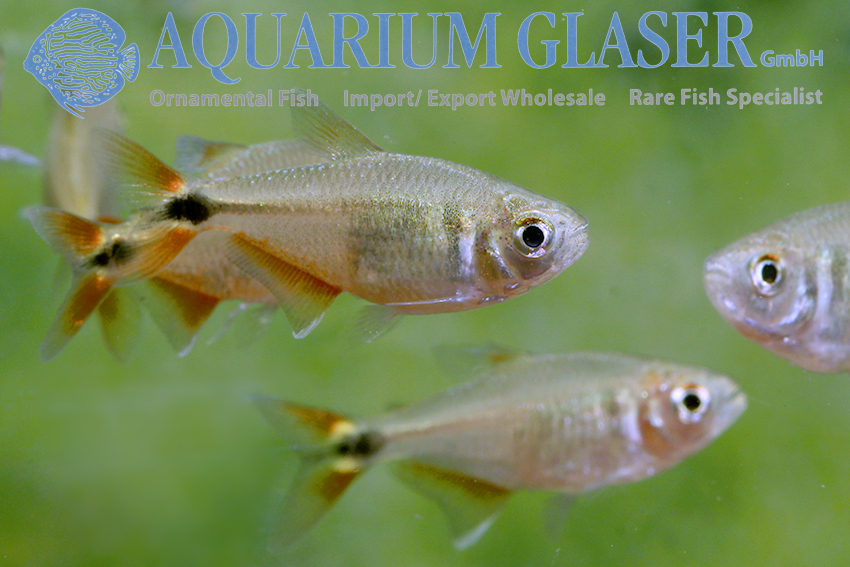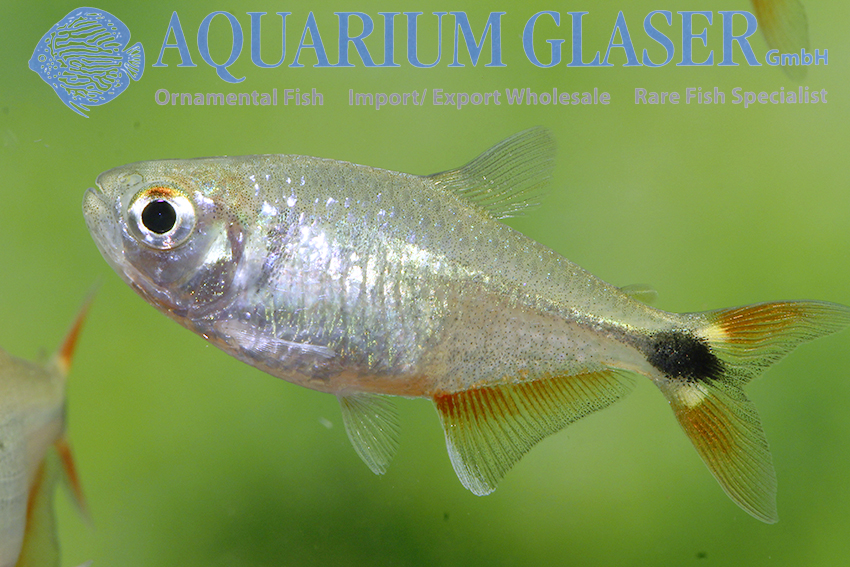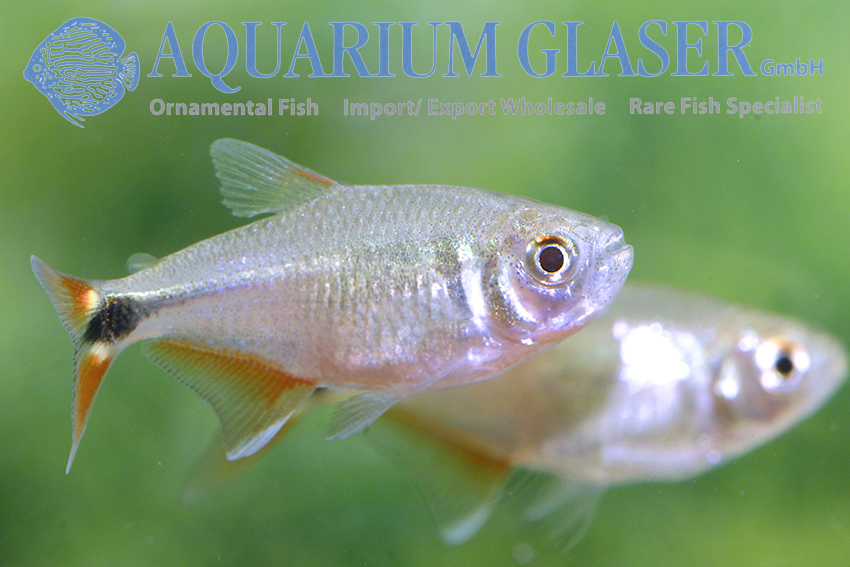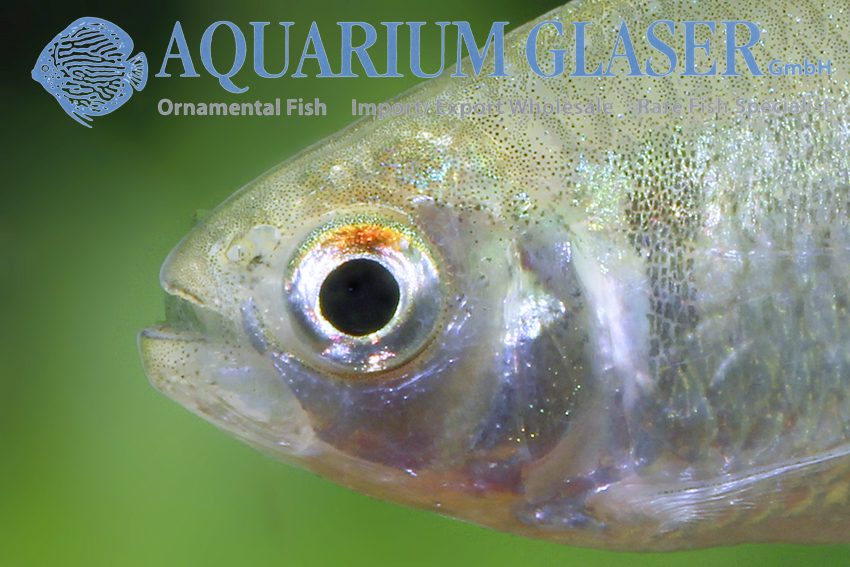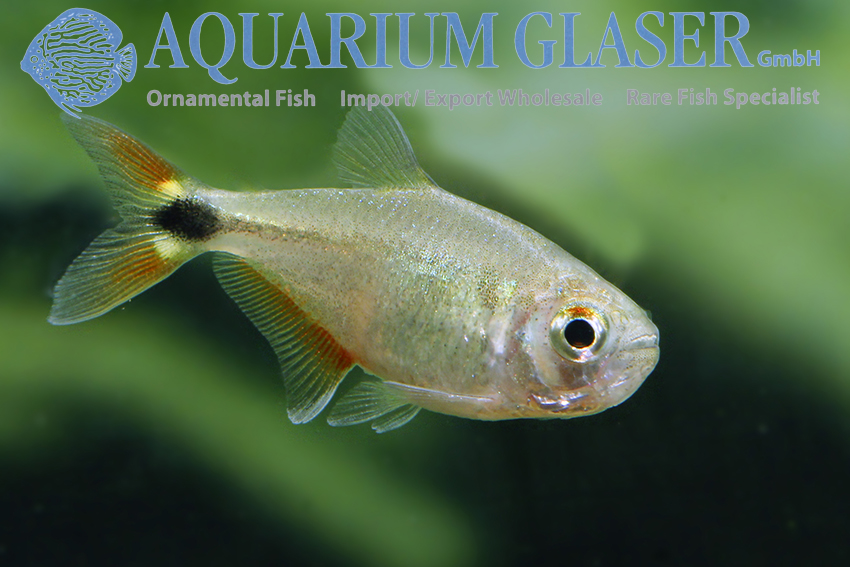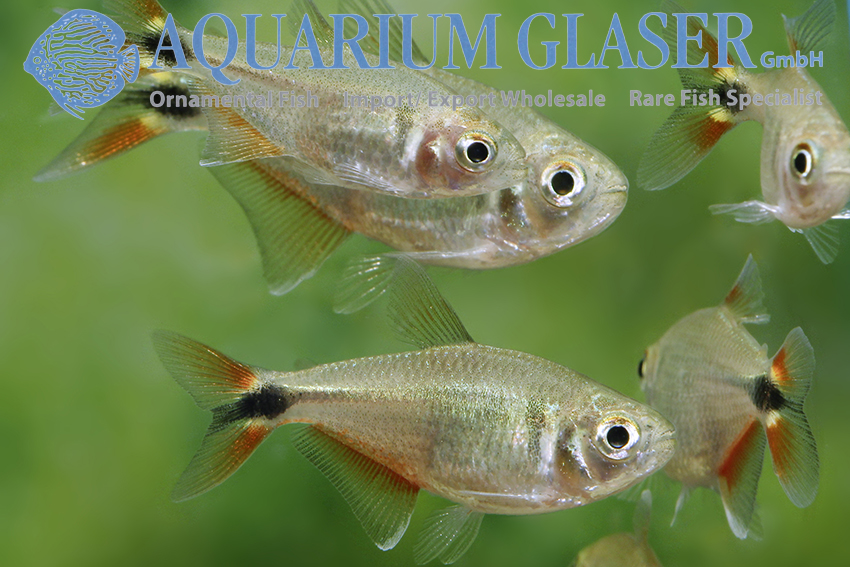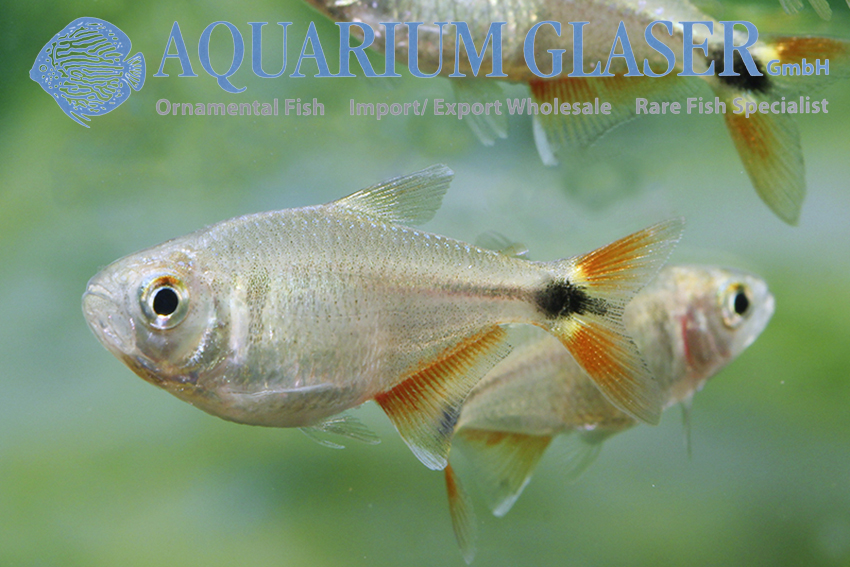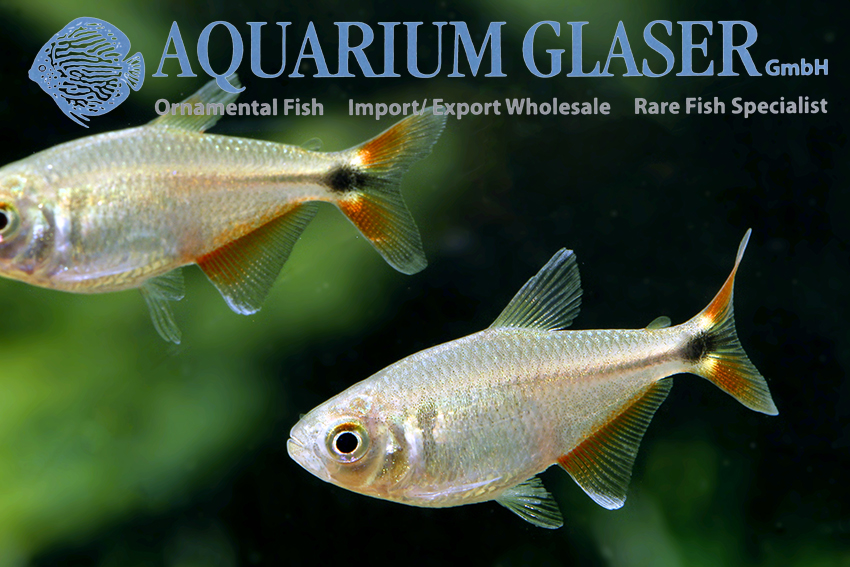One of the oldest aquarium fishes is the Buenos Aires tetra, of which the correct scientific name was only recently determined: Psalidodon anisitsi. To most aquarists, however, the species is probably still known as Hemigrammus caudovittatus (or Hyphessobrycon anisitsi), and it is under this name that it is found in most aquarium books.
Since its first importation in 1922 from the inflow of the La Plata River (Argentina/Uruguay) this up to 7 cm long fish has not disappeared from the hobby, although it is quite fond of aquatic plants, which is not appreciated by most aquarists. But its beauty and unpretentiousness – especially with regard to the water temperature, which can drop to 14°C, which used to be an important criterion – let it find new friends again and again.
It is almost never imported from South America, all animals in the trade are offspring. Also an albino breeding form of the Buenos Aires tetra has been created and enjoys a certain popularity among albino fans.
It is important to keep this fish in a group (from 10 specimens upwards) in aquariums as large as possible with plenty of free swimming space, then it comes into its own best. The robust species can be kept very well as a by-fish to cichlids of this region (Gymnogeophagus, Geophagus of the brasiliensis group and Australoheros). Supplemental feeding of plant-based flake food can at least somewhat curb the cravings for aquatic plants.
For our customers: the natural form has code 256202, the albino form 256302 on our stock list. Please note that we supply exclusively to wholesalers.
Text & photos: Frank Schäfer





